Reaching for the stars
Cambridge’s Institute of Astronomy celebrates 50 years
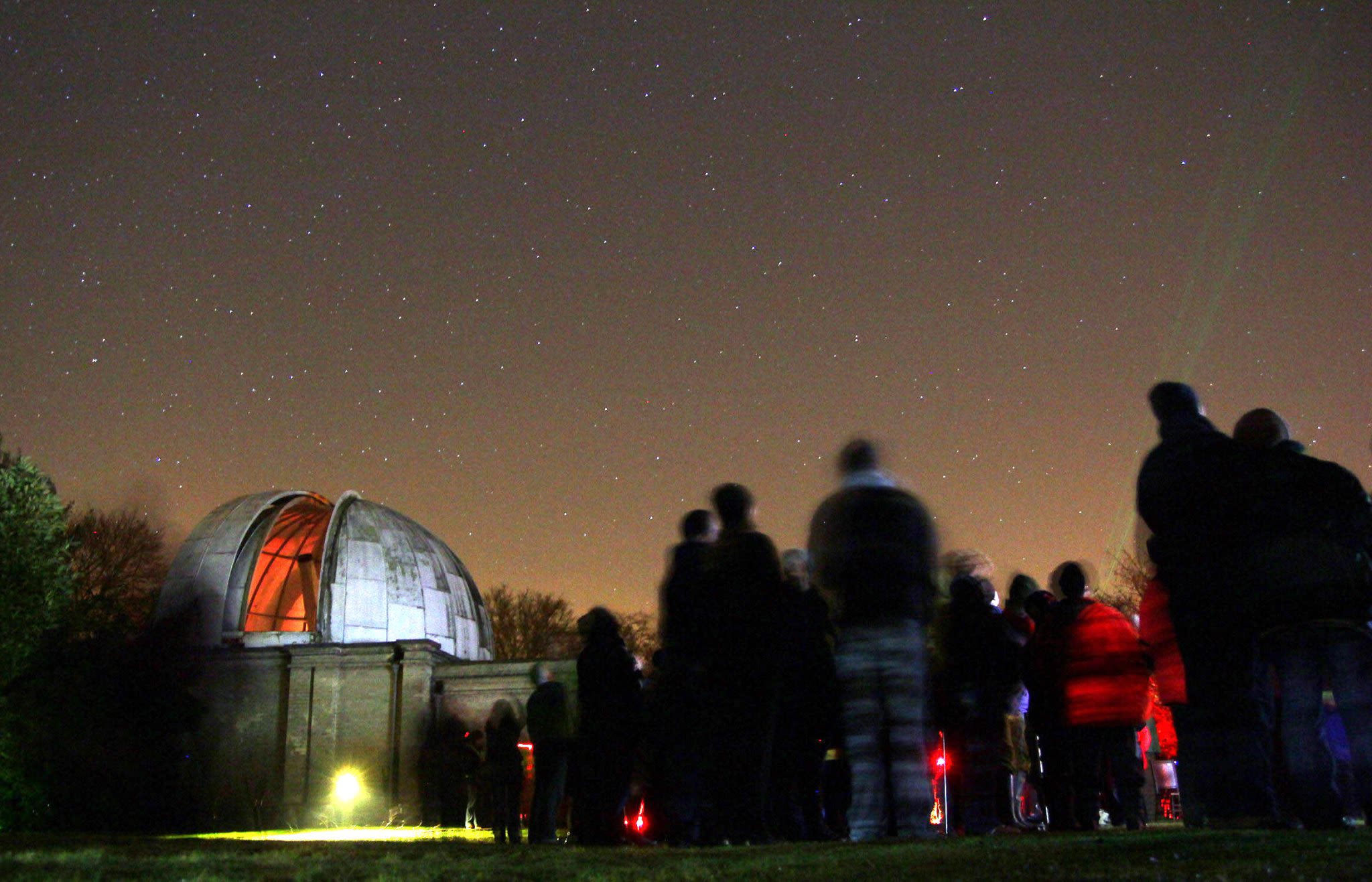
FIFTY years is a long time in astronomy – even though people have been studying the universe for centuries.
When Cambridge’s Institute of Astronomy (IoA) was founded in 1972, some of the biggest concepts in astrophysics – which today are almost household names – had yet to take hold, and some of our most fundamental questions about the universe had not even been asked.
“Back then, we were only around 10 years into knowing that the universe started with The Big Bang,” says Dr Matt Bothwell, astrophysicist and Public Astronomer at the IoA. “There was a hint that dark matter maybe existed, but we had no idea that dark energy did – and now we know it’s the dominant component of our universe, even though we still don’t know what it is.”
Dr Bothwell says the past 50 years of cosmology has been “an amazing story” – and it’s a story that will be told as part of the upcoming IoA50: New Frontiers of Astronomy celebrations, which include an academic conference and public events.
More than 60 talks, by top researchers from around the world, will represent the breadth of IoA research, including work on exoplanet atmospheres, the search for Earth 2.0, ‘galactic archaeology’, and the earliest moments of the universe.
“Over the years we’ve been able to fill in some of the fine details to the point that we do now know things about the universe to an incredible level of detail,” says Dr Bothwell. “When I was at school, we didn't know if the universe was 10 billion or 20 billion years old. Now we know it’s 13.8 billion years old because we can measure its age, size and shape with incredible precision.”
Astrophysicist George Efstathiou will discuss what we have learned, and how we can learn more during his talk 50 Years of Cosmology (22 July).
And one of the programme’s public talks, Two and a Half Centuries of Astronomy and Astrophysics in Cambridge (23 July) will see Gerry Gilmore and Gudrun Tausch-Pebody trace the history of the University Observatory and the creation of the IoA.
But the celebration events will also explore the future of astronomy.
“We wanted the conference to be very forward-looking too, to identify the shape of the challenges,” says Dr Bothwell. “Right now, there are mysteries that we’re sitting on, answers we’re looking for around dark matter and dark energy – the fact that most of the universe is ‘missing’. This is active research, but there are almost certainly things that we haven’t even dreamed of yet, ‘unknown unknowns’. So, we’ll be imaging what things might look like in 2074 – when they might well be looking back at 2024 and thinking ‘Wow, they really knew nothing!’”
A panel discussion Life, the Universe, and Everything: The next 50 years of astronomy (22 July), will feature three Cambridge professors working at the forefront of astronomical research. Vasily Belokurov, Nikku Madhusudhan and Hiranya Peiris will discuss the search for planets and life in the Universe, the origin of our Milky Way, and the mysteries of dark matter and dark energy.
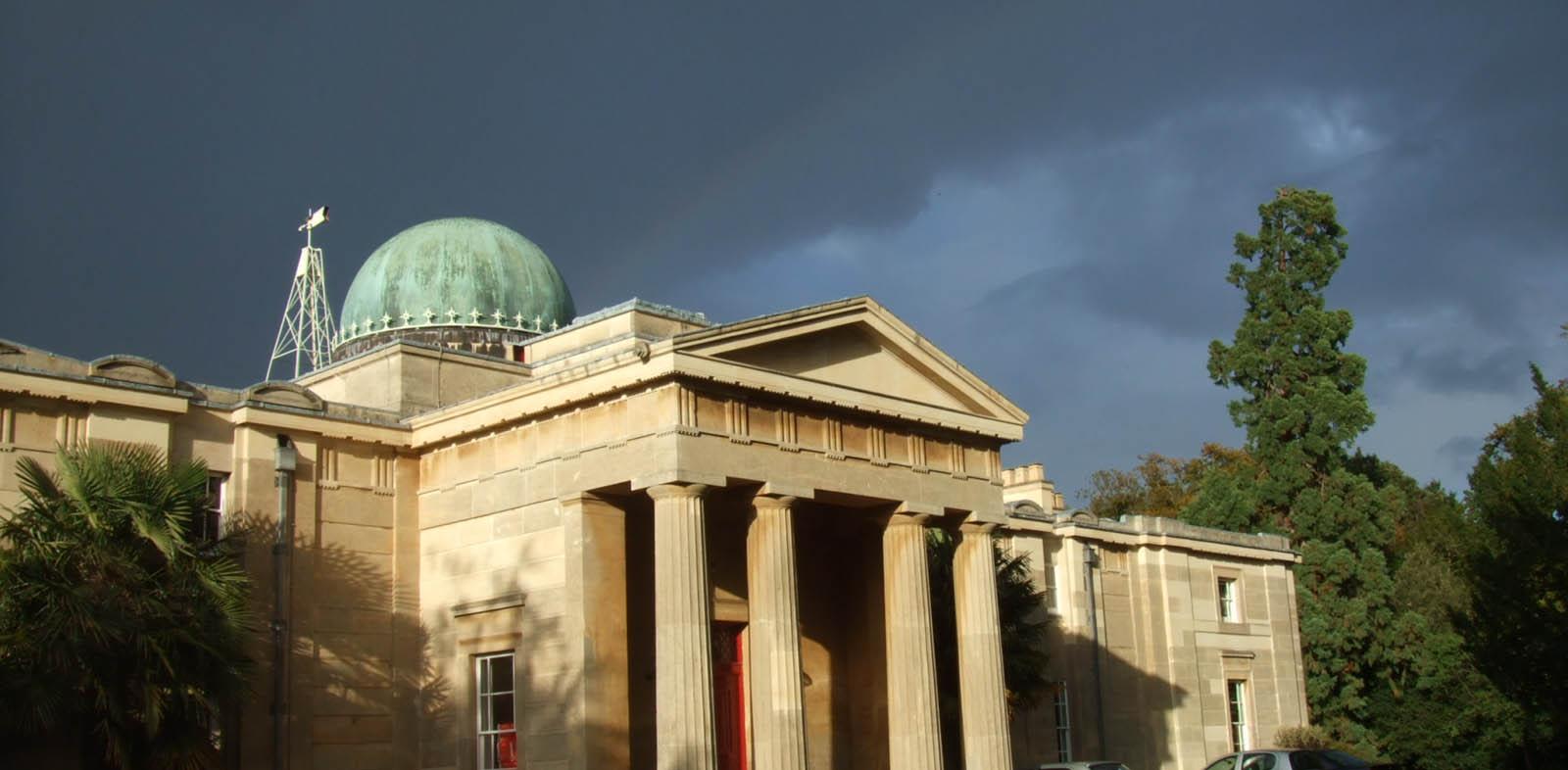
Cambridge Observatory, which was amalgamated into the Institute of Astronomy. Credit: Institute of Astronomy
Cambridge Observatory, which was amalgamated into the Institute of Astronomy. Credit: Institute of Astronomy
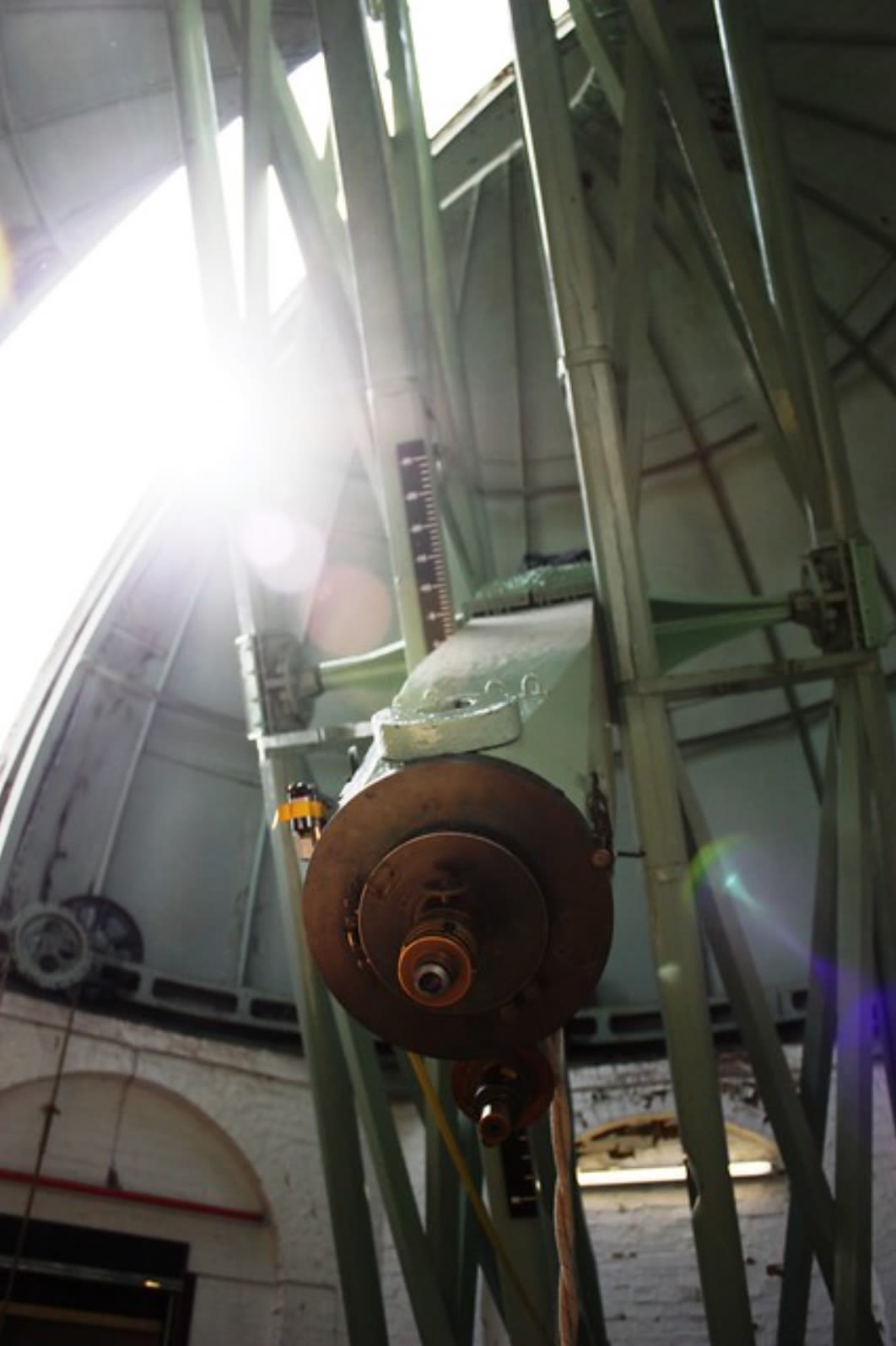
The Northumberland Refractor (1838) and dome opening up. Credit: Institute of Astronomy
The Northumberland Refractor (1838) and dome opening up. Credit: Institute of Astronomy
"This 50-year landmark gives us the opportunity to celebrate with the global astronomical community, as well as reach out to the public in Cambridge."
– Professor Cathie Clarke, Co-Director of the IoA
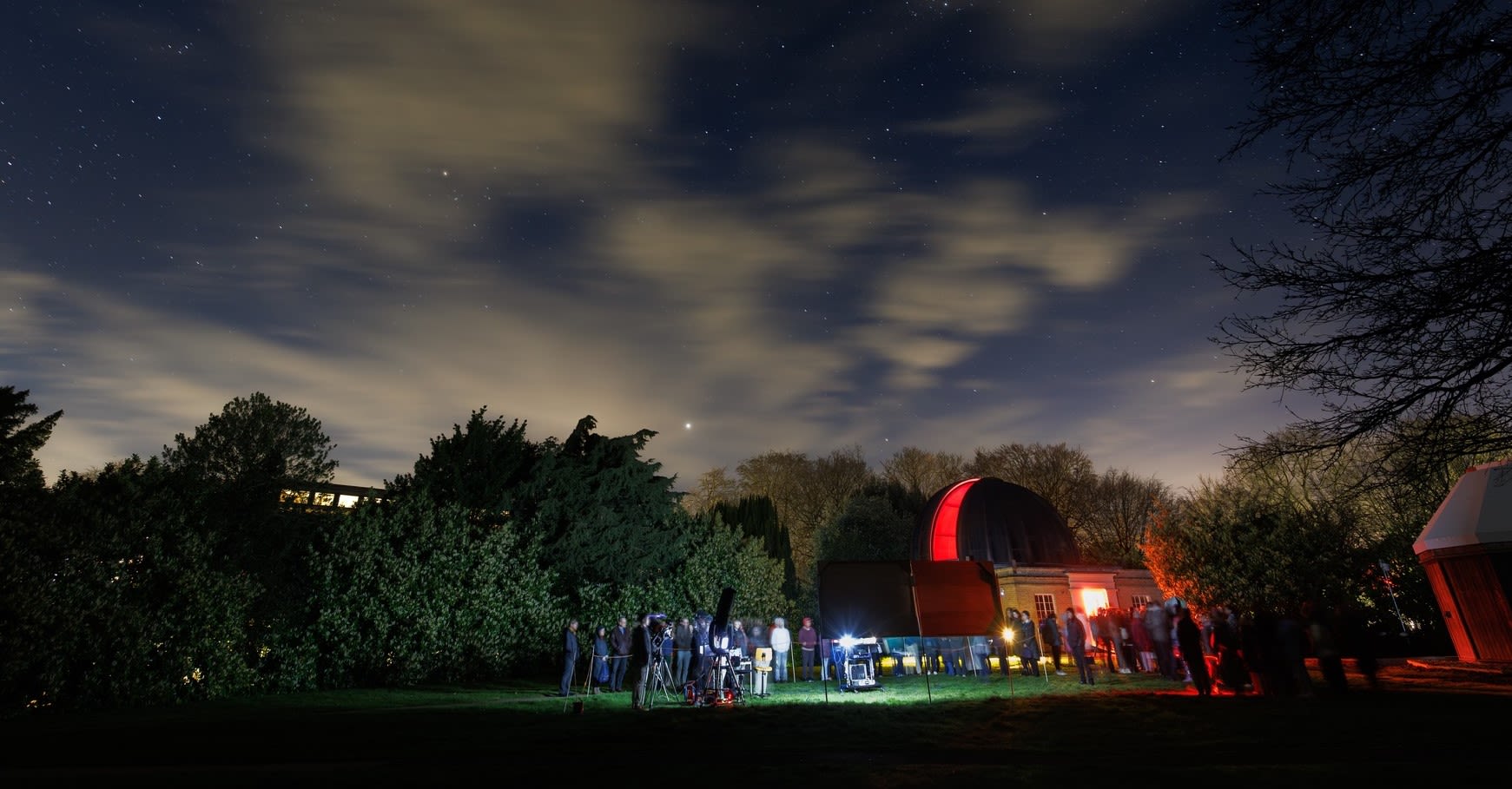

Cambridge Observatory, 1834. Credit: Institute of Astronomy Library.
Cambridge Observatory, 1834. Credit: Institute of Astronomy Library.
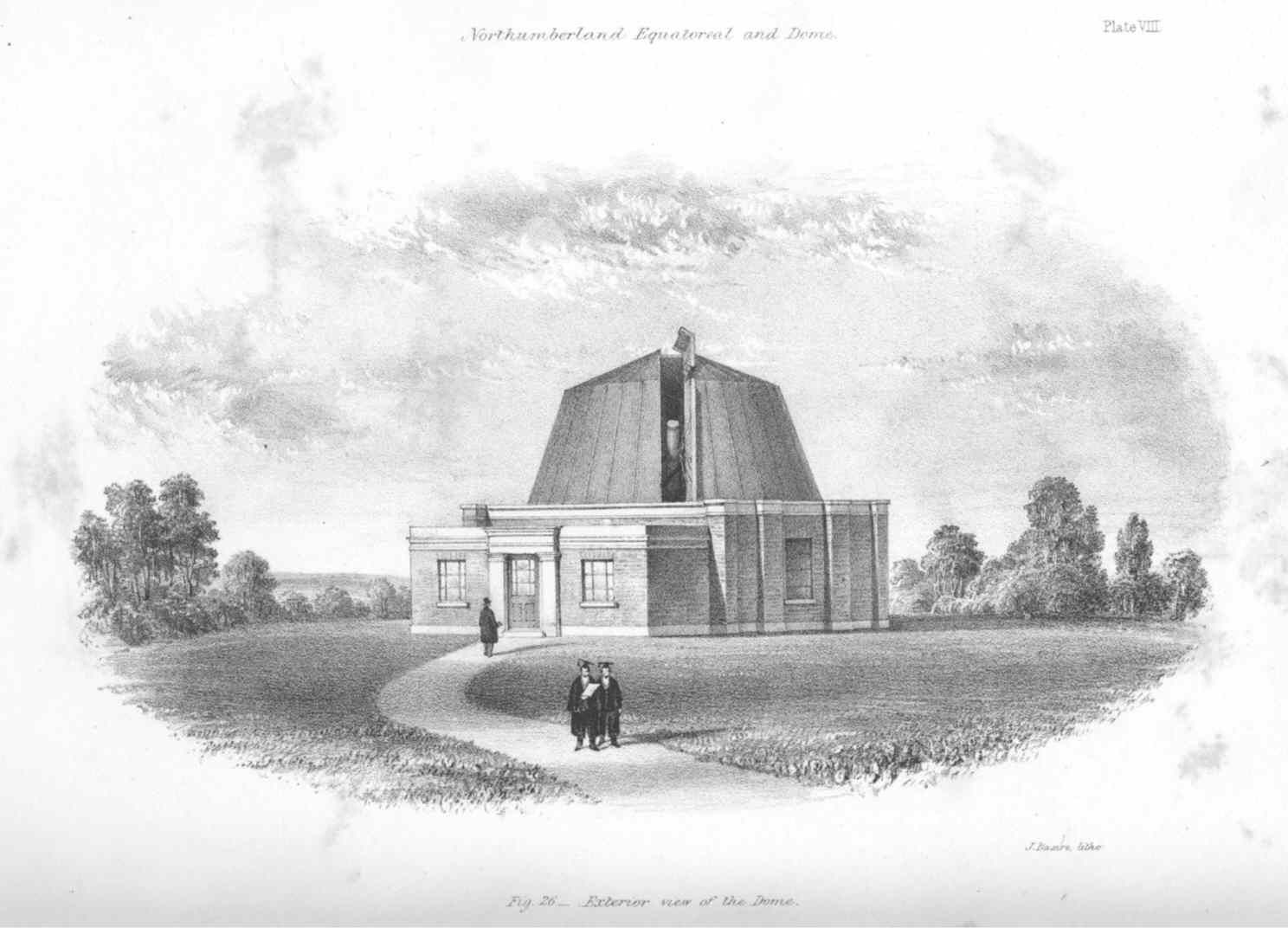
G.B. Airy's 'Account of the Northumberland Equatoreal and dome attached to the Cambridge Observatory'. 1844. Credit: Institute of Astronomy.
G.B. Airy's 'Account of the Northumberland Equatoreal and dome attached to the Cambridge Observatory'. 1844. Credit: Institute of Astronomy.
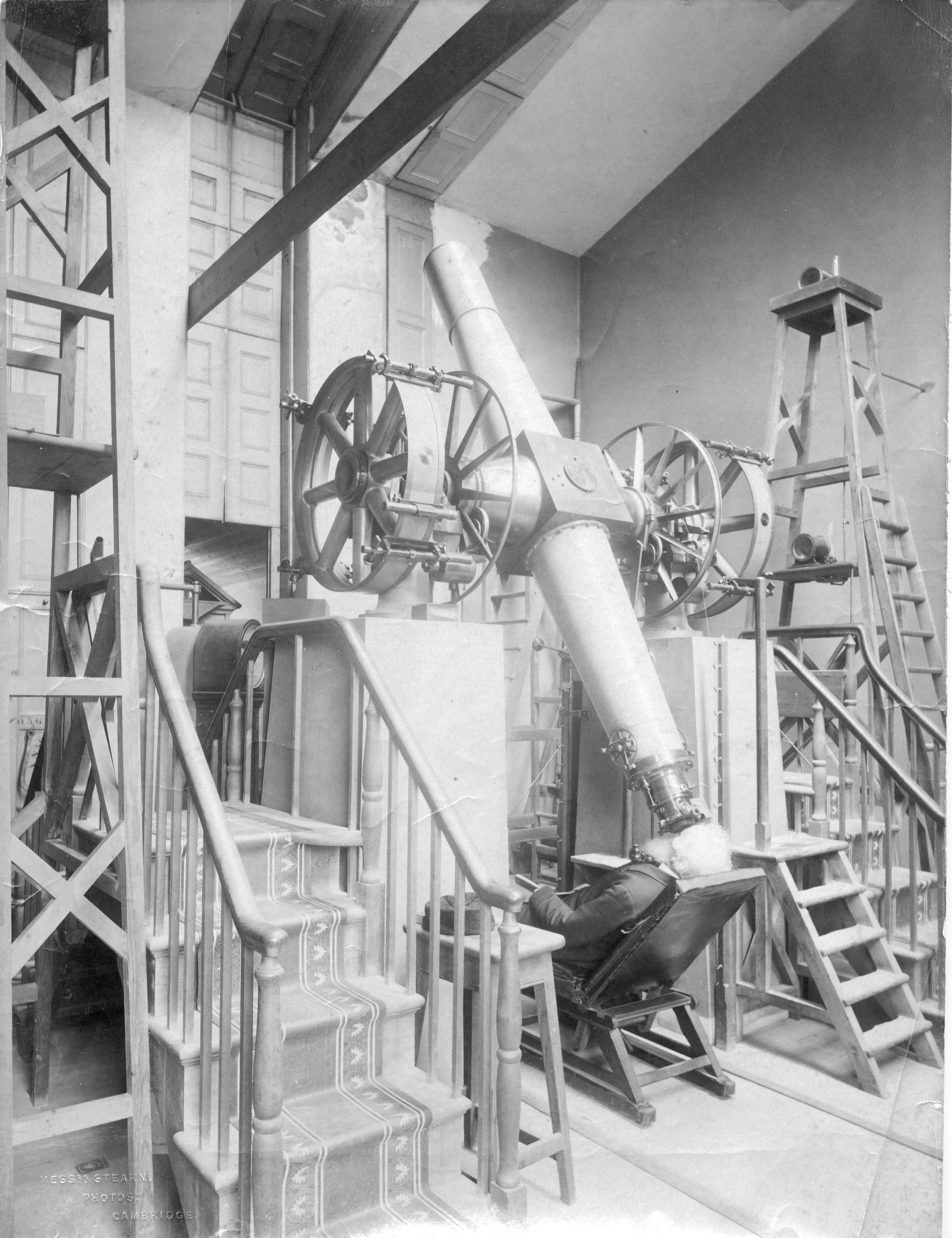
Cambridge Observatory Transit Room in 1896. Credit: Institute of Astronomy.
Cambridge Observatory Transit Room in 1896. Credit: Institute of Astronomy.
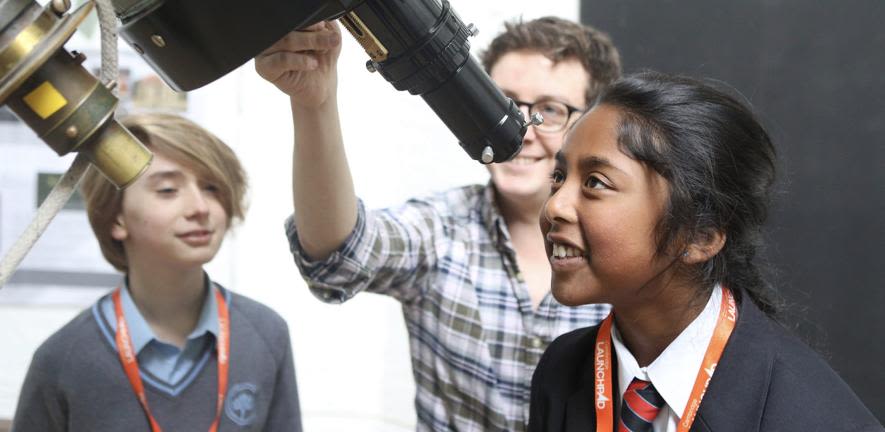
Outreach event with schools. Credit: Institute of Astronomy.
Outreach event with schools. Credit: Institute of Astronomy.
And the assembly of the Milky Way will also be investigated during a series of talks under the theme Stellar Evolution and Galactic Archaeology (24 July)
“Galactic archaeology – using satellites to look at billions of stars to figure out how galaxies formed – is something that has really taken off over the last decade or so,” said Dr Bothwell. “People have been studying our galaxy for hundreds of years but doing it in the detail that we can now is very new, and very exciting, and our Gaia team is at the forefront of that.”
As part of the Questions for the Future (26 July) section of the conference, Neil Turok will discuss a new model for the universe, and new ways of seeing cosmology; Volker Springel will explore super computers and the next generation of galaxy formation simulations, and Carole Mundell will look at space missions going forward to the 2050s.
Meanwhile, You are Made of Star Stuff (24 July) will see Jocelyn Bell Burnell, discoverer of pulsars, and one of the world’s most celebrated astrophysicists, explore how the stars created the chemical elements found in human bodies.
Professor Cathie Clarke, Co-Director of the IoA, said: “We are delighted that this 50-year landmark gives us the opportunity to celebrate with the global astronomical community, many of whom have spent formative years at the IoA – as well as reach out to the interested public in the Cambridge area who have participated in our outreach activities over so many years.”
The IoA is a department of the University of Cambridge and is engaged in teaching and research in the fields of theoretical and observational astronomy. A wide class of theoretical and observational problems are studied, ranging from the study and observations of extrasolar planets to supermassive black holes and quasars and of the evolution of the whole Universe, through theories and observations of the formation and evolution of galaxies and stars, X-ray sources and black holes.
Much observational work centres around the use by staff of large telescopes abroad and in space to study quasars, galaxies and the chemical constitution of stars. Instrumentation development is also an important area of activity, involving charge coupled devices and detector arrays for rapid recording of very faint light and the design and construction of novel spectrographs.
The IoA was formed from the amalgamation of The University Observatory, founded in 1823; The Solar Physics Observatory, which started in Cambridge in 1912; and The Institute of Theoretical Astronomy, which was created by astronomer Sir Fred Hoyle in 1967.
Its development over the past half century includes a long history of public engagement, in particular school outreach visits, public lectures, and regular free stargazing evenings, which an estimated 100,000 members of the community have taken part in since they were launched in the 1990s.
Dr Bothwell says that ethos goes all the way back.
“Fred Hoyle, who essentially founded the Institute, was a big believer in public outreach. He spent a lot of his time talking about astronomy on the radio and writing books.
“And the public really respond. There’s something quite unique about our outreach programme, in that it’s delivered to members of the public by active researchers. People get to come for free, hear from the top people in the world and ask them questions face to face.
“I also think astronomy is one of the most approachable sciences – it really connects with people. There’s a sense of awe that we feel, and it touches something quite deep – the grandeur of the universe really speaks to us.”
Published: 21 July 2024
Interviews and words: Stephen Bevan
The text in this work is licensed under a Creative Commons Attribution-NonCommercial-ShareAlike 4.0 International License
